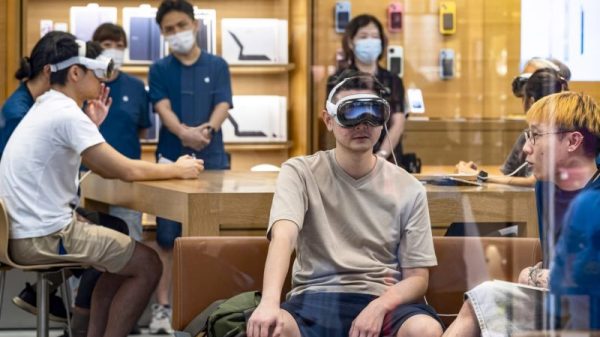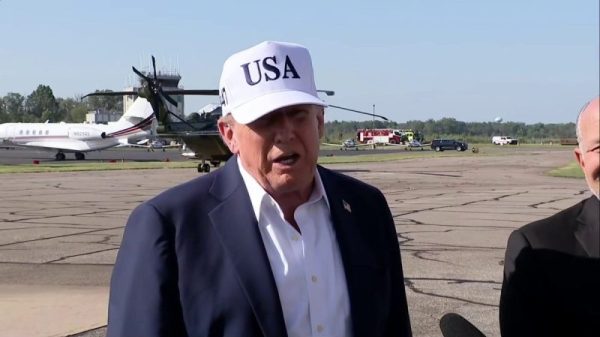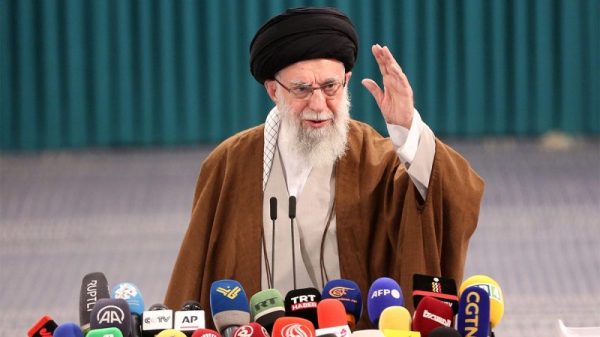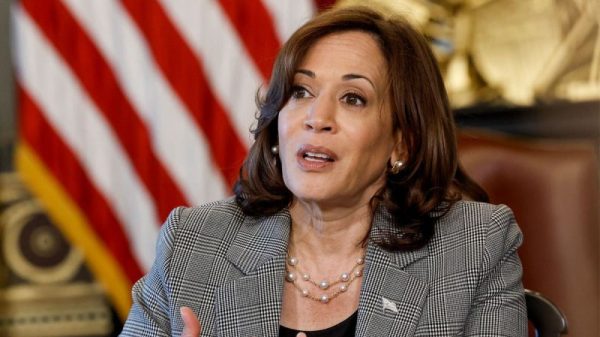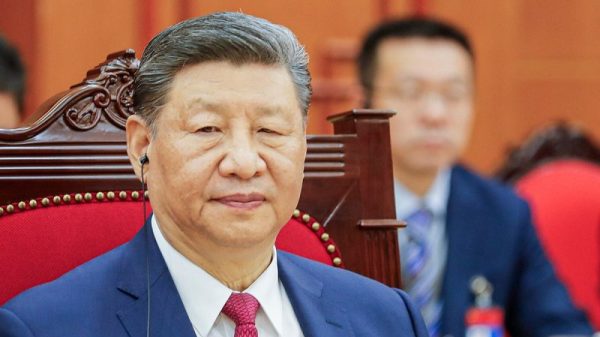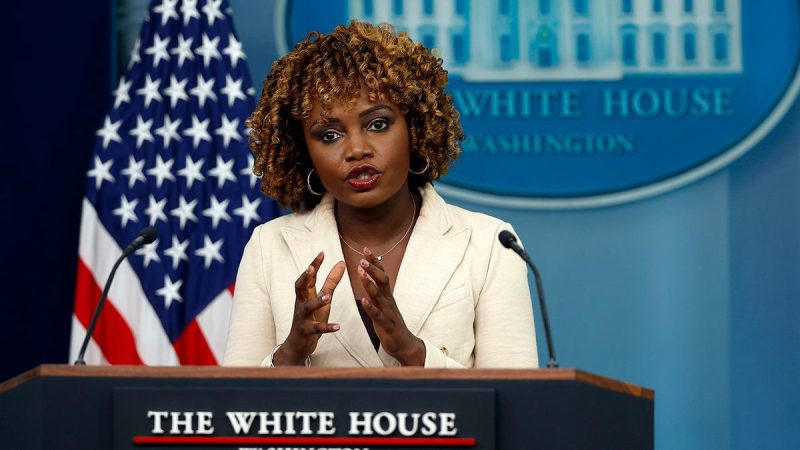The recent decision by the White House to take questions on camera for the first time since the debate has garnered significant attention and interest from the public and the media alike. This move marks a significant shift in the transparency and communication strategy of the administration, particularly in light of recent events and controversies.
One of the key implications of this decision is the increased visibility and accountability that it brings to the White House. By allowing questions to be asked on camera, the administration is opening itself up to public scrutiny and providing a platform for direct engagement with the press and the American people. This move signals a commitment to transparency and openness, which is crucial for maintaining public trust and confidence in the government.
Furthermore, the decision to take questions on camera can also be seen as a strategic move to address growing concerns about the administration’s communication practices. In recent months, there has been criticism over the limited access to key officials and the lack of opportunities for journalists to ask questions in a public forum. By proactively addressing these concerns and taking steps to improve communication, the White House is taking a proactive approach to managing public perception and shaping the narrative around its policies and decisions.
Additionally, by taking questions on camera, the White House has an opportunity to directly address pressing issues and provide clarity on important matters. This direct engagement with the press can help to dispel misinformation, correct inaccuracies, and ensure that the public is well-informed about government activities and decisions. This level of transparency is essential in a democratic society and can help to foster trust and accountability in the government.
Overall, the decision by the White House to take questions on camera for the first time since the debate is a positive development that signals a commitment to transparency, openness, and effective communication. By providing a platform for direct engagement with the press and the public, the administration is taking proactive steps to address concerns, improve communication, and enhance public trust. This move represents a significant shift in the administration’s communication strategy and has the potential to have a positive impact on governance and public perception moving forward.








